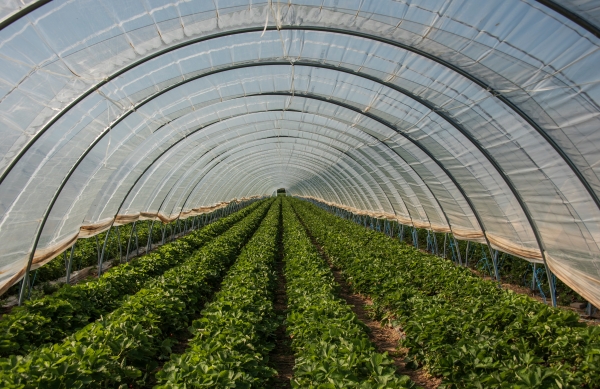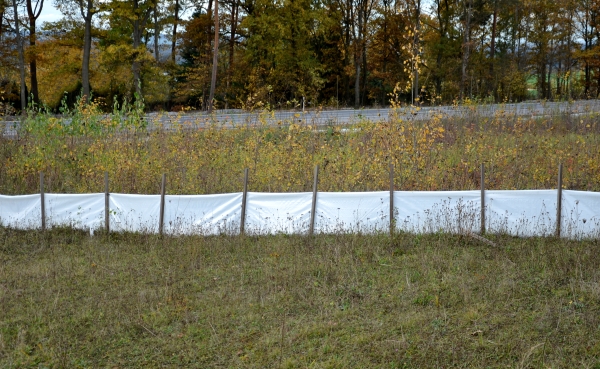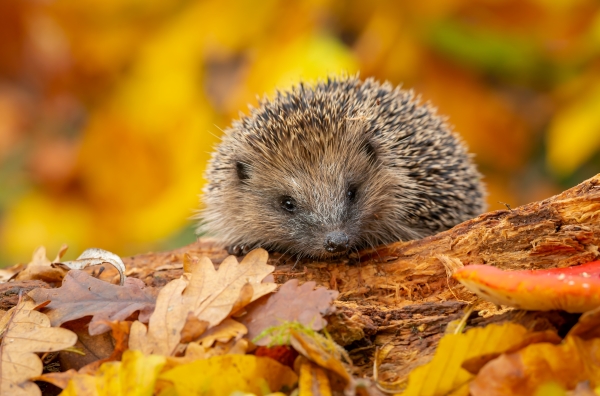
Wildlife conservation is an important aspect of preserving the natural world and ensuring that future generations can enjoy the beauty and diversity of plant and animal species. One often overlooked tool in wildlife conservation efforts is polythene sheeting. This versatile material has proven to be a game-changer in protecting delicate ecosystems and promoting sustainable practices. In this article, we will explore the various ways in which polythene sheeting is used in wildlife conservation and why it’s an essential component in preserving our planet’s biodiversity.
What Is Polythene Sheeting?
Polythene sheeting is a type of plastic sheeting made from polyethylene, a thermoplastic material. It is a versatile and durable material that has numerous benefits, making it an ideal choice for various applications. Polythene sheeting is lightweight, easy to handle, and can be cut to size. It is also highly resistant to water, chemicals, and UV rays, which makes it perfect for outdoor use. The unique properties of polythene sheeting have led to its widespread use in construction, agriculture, landscaping, and waste management. Its ability to act as a barrier against harmful elements while allowing light and water to pass through. Polythene’s smooth surface allows for easy cleaning and maintenance, further adding to its practicality. Overall, polythene sheeting is a valuable tool in many industries, including construction, agriculture, and packaging, among others. Its unique combination of strength, flexibility, and resistance to damage makes it a reliable and cost-effective solution for various needs.
Temporary Shelters for Injured Animals
Polythene sheeting plays a vital role in providing temporary shelters for injured animals. Whether it’s a fallen bird, a hurt hedgehog, or a stranded seal, swift and appropriate care is essential for their recovery and rehabilitation. Polythene sheeting enables wildlife rescuers and veterinarians to quickly set up protected environments that mimic the animals’ natural habitats, helping to reduce stress and promote healing.
From rural areas to urban centres, polythene sheeting can be seen in various animal shelters and wildlife rehabilitation centres across the country. Its lightweight, durable, and waterproof properties make it an ideal material for constructing temporary enclosures, providing a safe and comfortable space for animals to rest and receive treatment. Moreover, polythene sheeting is easy to clean and maintain, reducing the risk of disease transmission and ensuring a healthy environment for both animals and staff.
Safeguarding Nesting Sites

One of the most significant advantages of using polythene sheeting to safeguard habitats is its ability to deter predators. Predators such as foxes, raccoons, and crows are known to raid nests, devouring eggs and chicks. However, polythene sheeting acts as a physical barrier, preventing these predators from accessing the nesting site. Additionally, the sheeting’s transparency allows animals to see through it, making it easier for them to detect potential threats without feeling trapped or cornered.
Another benefit of using polythene sheeting is its weather-resistant properties. It effectively shields nesting sites from strong winds, heavy rain, and extreme temperatures, creating a stable environment for young animals to grow and develop. This is particularly important in the UK, where unpredictable weather patterns can pose a threat to the survival of many species.
Furthermore, polythene sheeting is an affordable and convenient option for habitat protection. It can be easily installed and removed when necessary, minimising disturbance to the surrounding environment. This makes it an ideal choice for conservation efforts in sensitive ecosystems, where human intervention must be kept to a minimum.
Amphibian Fencing
Amphibian fencing is designed to guide amphibians safely during their migrations, particularly during breeding seasons. The fencing helps to direct the animals away from dangerous areas, such as busy roads, and towards safer routes, like ponds or wetlands. Polythene sheeting is an excellent material for amphibian fencing due to its flexibility, durability, and visibility. The sheets can be bent and shaped to fit the contours of the landscape, allowing amphibians to easily climb over or crawl under the fence. The material is also resistant to wear and tear, ensuring that the fencing remains effective for an extended period.
Moreover, the transparent nature of polythene sheeting allows amphibians to see through it, reducing stress and confusion that may arise from encountering opaque barriers. This feature also enables conservationists to monitor the movements and behaviours of the animals without disturbing them.
Weather Protection and Climate Control
Polythene sheeting provides essential weather protection and climate control benefits in various applications throughout the UK. Its versatility and durability make it an ideal material for mitigating the impacts of extreme weather conditions, such as heavy rainfall, high winds, and intense sunlight.
In agriculture, polythene sheeting is commonly used as a cover for greenhouses, silos, and other farm buildings. It protects crops and livestock from harsh weather conditions, maintaining a consistent temperature and humidity balance that fosters healthy growth and development. This controlled environment also reduces the risk of disease and pests, resulting in higher yields and better-quality produce.
In addition, polythene sheeting is employed in horticulture to create temporary or permanent structures for plant propagation, nurseries, and garden centres. It offers protection from adverse weather conditions, enabling plants to thrive in challenging environments.
Research and Monitoring

Polythene sheeting proves to be a valuable tool in research and monitoring endeavours across various industries. One of its most significant applications is in the construction of temporary research stations, which are often required in remote or hard-to-reach locations. Polythene sheeting provides an efficient and cost-effective solution for creating shelter and protection from the elements, allowing researchers to focus on their work without worrying about harsh weather conditions.
In addition, polythene sheeting plays a crucial role in facilitating more effective data collection and monitoring. Its transparency and lightweight properties make it an ideal material for building observation windows, skylights, and other types of monitoring devices. These features enable researchers to gather information and samples without compromising the integrity of the environment they are studying. Moreover, polythene sheeting can be easily cleaned and maintained, ensuring that data collection is not hampered by dirt, debris, or other obstructions.
Polythene sheeting has proven to be a valuable tool in wildlife conservation efforts. Its versatility and durability make it an ideal material for various applications, from protecting bird eggs to creating artificial habitats for insects and small mammals. Moreover, polythene sheeting helps control invasive species, prevents the spread of diseases among wildlife, and assists in maintaining optimal environmental conditions for sensitive species. Considering the increasing pressure on natural resources and the escalating need for effective conservation measures, the use of polythene sheeting is likely to expand further in the future. The potential for polythene sheeting to positively influence biodiversity protection and preservation is vast, making it an exciting area of exploration for scientists, conservationists, and environmentalists alike.